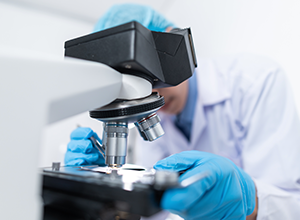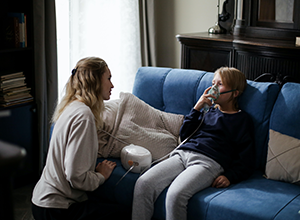What are negative ions?
Ions are particles in the air that carry an electrical charge. Ions are made up of electrons and protons. There are two categories of ions: cations which are positively charged and anions which are negatively charged. We find negative ions in very large quantities in large natural spaces, such as in the mountains, in the forest, by the sea or near a waterfall. By breathing in very large quantities of negative ions, we experience a real feeling of well-being.
Today, thanks to technological advances, devices such as ionizers make it possible to enrich our common areas with negative ions and thus, to enjoy our interior spaces serenely.

What are the effects of negative ions on our health? *
Many studies show that an environment enriched with negative ions has many health benefits.
First of all, negative ions improve the general state of health because they promote better penetration of oxygen into the lungs. This will affect heart function, blood flow rate and quality of sleep. They also stimulate enzymes and hormones that help strengthen the immune system.
Negative ions also improve our sense of well-being.
By reducing serotonin levels, negative ions improve concentration and memory and reduce feelings of fatigue or mood swings. So you get a feeling of well-being.

And against pollution?*
Ionization is effective in depolluting interior spaces. By spreading through the air, negative ions prevent harmful particles (pollen, germs, volatile organic compounds) from developing. Thus, people suffering from asthma or allergies see their condition improve.
* “The benefits of negative ions on our health”, author My Sommeil, source website www.solutions-mysommeil.com/les-bienfaits-des-ions-negatifs-sur-la-sante.html
* “What are the health benefits of negative ions?” », airvia medical, source website www.airpurifier.com.








